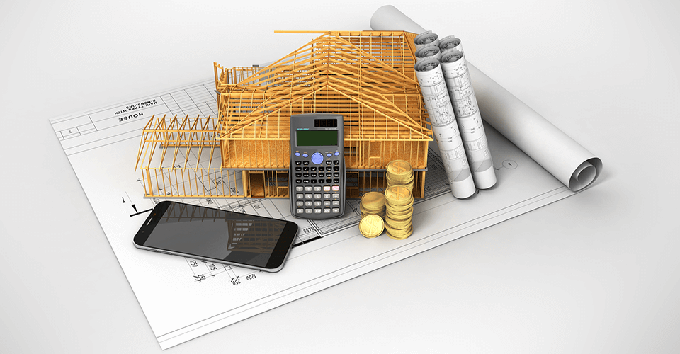
Home improvement or renovation projects breathe new life into your property. It is the perfect way to put your home in good shape. Aside from enhancing curb appeal, it creates the opportunity to add, remove or improve certain aspects of your home. This could be giving your kitchen a makeover, installing a pool, repurposing a space, or doing away with certain old architectural designs. It enhances functionality, brings comfort, and increases your home value. So, if you are looking for how to modernize your home, renovation is the surest way.
However, home improvement or renovation projects can cost a fortune, depending on the scope of work. This scares most homeowners from renovating their homes. But there are several ways to finance home projects. Let’s look at eight ways to finance your next renovation or home improvement project.
Save towards the project
One of the best ways to finance your renovation project is to use your savings. This comes with no interest or terms and conditions. It is your own money. To achieve this, you need to plan your project, have an estimate, and save toward it. Create a special savings account for the project and give yourself about a year or two to reach the target. Be consistent with the amount you save each month; with that, you can easily self-finance the renovation project.
Use a reverse mortgage
For seniors 62 years and above, you can use a reverse mortgage loan for your home improvement or renovation project. It allows homeowners above 62 to use their home equity for a loan. Unlike other home loans, you only repay the loan when you decide to sell the home or die. After your demise, the lender takes over your home and sells it. They deduct the loan amount and interest and hand over the balance to your heirs. However, your heirs can decide to repay the loan and keep the home.
The loan amount you get depends on the home equity. Before comparing HECM lenders, use a reverse mortgage calculator to calculate the amount your home is worth. This helps you to know if it will be sufficient for the renovation project or if you need other funding sources.
Acquire a home equity loan
Loan equity loans allow homeowners to borrow against the equity in their property. So, you can use this loan to finance your home improvement or renovation. The loan amount you get solely depends on your home value as against the balance on your mortgage. So, you may not have enough if your home’s equity is less.
Home equity loans come in a lump sum so they can be used for high-cost projects. You have a longer repayment period, which can be up to 30 years, but monthly deductions. As such, the interest rates are usually high but fixed.
Home Equity Line of Credit (HELOC)
A home equity line of credit is another source of funds you can use for your home renovations. HELOC has some similarities with a home equity loan. However, you use your home equity as collateral. You can draw funds up to your prearranged limit like a credit card. HELOC offers a revolving line of credit, so you can always reborrow the monies you paid.
HELOCs have variable interest rates; hence they can change anytime based on market conditions. After the drawing period, which is mostly between 5 to 10 years, you begin to repay the loan.
Mortgage Refinancing
If the current interest rates are lower and you have a good credit score, you can consider mortgage refinancing to have funds for your renovation. Mortgage refinancing means trading your current mortgage for a new one. You repay the existing mortgage with a new one that has a lower interest rate and favorable terms. The loan balance can be used for the renovation project.
Credit cards
For smaller renovation projects, you can rely on your credit card for funds. The only disadvantage here is that credit cards have higher interest rates compared to home loans. The longer you take to repay, the higher the interest loan.
Personal loans
Though they come with higher interest rates, taking a personal loan is another way to finance your home renovation. Personal loans have fixed interest rates and repayment terms and are unsecured loans so no collateral is needed.
Government loans
The FHA 203(k) loan by the U.S. Department of Housing and Urban Development (HUD) can be a reliable funding source for your renovation project. FHA 203(k) loan can be used for home refinancing, including renovation. So, you get enough for the mortgage and renovation project.
Conclusion
Funding your renovation or home improvement project can be very expensive and few homeowners can self-finance it. But with the many loan options available, you can get the much-needed funds to upgrade your home. If you can’t save for the project, rely on home equity loans, HELOC, home refinancing loans, and even a reverse mortgage.
Always ensure that you research the various loans and choose one with favorable terms and conditions. Always choose a loan with a low-interest rate and a longer repayment period. This can save you from financial stress. Also, don’t overly risk your property in the name of renovations.
